DIRECTORS AS ARTISTS
Akira Kurosawa
Kurosawa began his career as a painter and had always been skilled at drawing. He decided he wanted to be an artist in his teens and later became increasingly associated with what came to be called the “Japan Proletariat Artists Group.” Strongly influenced by the mannerist styles of contemporary German Expressionism and Soviet Realism, young Kurosawa’s painting style was forthright and dramatic: human figures rendered in powerful calligraphic lines and bold primary colors. His decision in the late 1930s to turn from painting to film was impelled by many factors, including intensified political pressures from the Japanese militarist government against artists and liberal writers, the need to find a more stable livelihood, and the suicide of his elder brother, who had been deeply engaged in the film industry.
Akira Kurosawa Centenary Exhibition
On the 100th anniversary of his birth, titanic filmmaker Akira Kurosawa is being celebrated at numerous retrospectives around the world. Among them is a look at the remarkable storyboards which the director—who was already exhibiting paintings at 18—created for the landmark works later in his career. Ebisu’s Tokyo Metropolitan Museum of Photography displays 148 storyboards detailing the characters, costumes, sets, lighting and composition of films like Kagemusha and Ran. Kurosawa buffs will also want to take in the screenings, posters and reference material on display at the National Film Center in Kyobashi.
Cultural Exchanges are common in Art, but hardly documented when so much of the market dictates. Here, through a series of portraits, you can see how one of the most symbolically important Japanese film-makers of the last century, Akira Kurosawa was influenced heavily by Van Gogh and how in turn Van Gogh was influenced by the simple brush strokes of Japanese Uki-yoe painting.
Van Gogh Self Portrait With Straw Hat

This portrait is alive with the dynamic splendor of his brush strokes.
Choosing golds, pinks whites and blues he shows how his red-haired complexion reacted with the blazing Mediterranean sun, that beat down over him daily as he explored the sun-soaked corn for his landscapes.
Van Gogh Gachet
Kursowa`s Portraits we mainly characters that he envisaged to be in his films. In this portrait you can see the the white brush strokes here upon green, as oppose to blue in Van Gogh`s portrait however, the effect is similar. It lightens and lifts the energy of the painting bringing movement to another-wise static depiction of these significant men. Here the added effect of white on the beard with those colourful eyes and ruddy complexion arguably suggest a well, worn wisdom and stories contained within him longing to be told.
Kurosawa Portrait
In contrast this portrait with a cat-like face and alert tip-toeing stanz gives the viewer perhaps the impression of a someone hiding. See how agile he seems this time with strong block colours of green on his clothing and only slight, white brush strokes emphasising an altogether quieter and more secretive movement through the space before us.
Van Gogh Portrait Of Pere Tanguy
In this portrait Van Gogh gives an earthy, grounded quality to Pere Tanguy, although this bearded fellow with rugged hat, blue jacket and soil-like trousers seems not dissimilar to the of Van Gogh self portraits however, Pere seems more joyful, less troubled. White`s and light blues here lift the Pere`s presence so that he almost seems like he`s only been sitting there for a few minutes. Around him dance portraits of Japanese women with kimonos and possibly Mount Fuji and the symbolic Sakura (cherry Blossom) that is such a salient symbol of Japanese sentiment. The Japanese influence in Van Gogh`s work is evident and arguably emphasises elegance, complexity in simplicity, suggestion and evocation. This combination of background and Pere Tanguy together, are almost like a tapestry of Van Gogh`s fondest inspirations, rich yet delicate and with his impressionist brush strokes this dynamic comes alive.
Kurosawa Portrait of Old Man
Kurosawa`s choice of colour and strokes are bolder than Van Gogh`s especially in his depiction of this older man evidently worn down by the experiences of life. However, like Van Gogh, Kurosawa makes no shame of adding a surprising colour of greens to a tired face and reds around the eyes, emphasising his almost mad stare into a nothingness; or of harsh memories gone by. The choice of green, pink and blue on a wall that seems to be all around him, blocking him in my opinion give a more hostile environment that he has to exist within, whereas his robes suggest he is inside rather than outside, so perhaps these walls barricading him show the defensive state of his mind.
DREAMS
DIRECTED BY: AKIRA KUROSAWA
Escatches for Dream
..............................
..............................
David Lynch
Not many big-name movie directors deserve to be called artists. Among those who do, few take the label as seriously as David Lynch.
The director of "Mulholland Dr." and "Blue Velvet" has avidly pursued painting, photography and sculpture in between his idiosyncratic film projects. Starting Sept. 12, the master of weirdness will exhibit some of his recent works in the solo gallery show "David Lynch: New Paintings" at Griffin in Santa Monica.
The show, which is being presented in collaboration with the James Corcoran Gallery, will be Lynch's first solo exhibition in L.A. in more than a decade, according to Griffin. In May, Lynch presented his original artwork for the album "Dark Night of the Soul," featuring music by Danger Mouse and Sparklehorse, at L.A.'s Michael Kohn Gallery.
Lynch will present a series of his "monumental" (or large-scale) paintings, said the gallery. The only work available for preview is "Crucifixtion" (2008-09), a mixed-media on canvas painting that is 6 feet tall and 10 feet wide (pictured).
The director has had a lengthy relationship with James Corcoran Gallery, which organized solo shows of his work in 1987, 1989 and 1993. This will be the director's first show at Griffin. "New Painting" is scheduled to run through Dec. 12.
-- David Ng
The influence of the 20th century artist Francis Bacon, on David Lynch and his movie EraserHead, is evident in such paintings as these...
Lynch has said : " Francis Bacon is, for me, the main guy, the number one kinda hero painter. There's a lot of painter's that I like. But for just the thrill of standing in front of a painting... I saw Bacon's show in the sixties at the Marlborough Gallery and it was one of the most powerful things I ever saw in my life. "
 |
| EraserHead |
thought of the day
the ability to express oneself more profoundly is the purpose of education in creative arts.
(it’s why as an abstract painter i draw from life, every day)
Fellini in his studio drawing.
- Everyone in the film business should know Federico Fellini’s films, but I wonder how many know that Fellini was an artist. He was primarily interested in being a cartoonist and aimed his career in that direction. He did a number of comic strips, a lot of caricatures and spot cartoons.


These cartoonish sketches were made for Amarcord (1974)
and Città delle donne, La (1980).

Below, a comic strip Fellini did in 1940.

It was only during World War II that he got caught up in a group of film makers and put all of his energies into motion pictures. However, this didn’t stop him from drawing.
Fellini did poster designs for many of his films, storyboarded sections of his movies and caricatured many of his actors. He frequently did cartoons on his sets - many of them quite risqué.
The Voyage of Mastorna was a graphic novel he did in collaboration with Milo Manara. Fellini storyboarded his part and Manara reworked the boards into the book.
Fellini wrote this about the book:
When did I first think of a story for a movie like that of the Voyage of Mastorna?
I can’t remember. I have always believed that my movies were awaiting me, all finished and ready, the way a station waits for a train that is pulling in. . . .
. . . Just as I, a director, can now talk about a film that I have made. The problem is that I never made Mastorna. It is a story that has accompanied me for almost thirty years and, as I have said many times, helped to shape, with ideas that belonged to it and it alone, nearly all the movies that I made in its place. A stimulating, fascinating presence, with perhaps I did not know how to live without. A pilot ship that would guide me out of the harbour, obliging me to take different voyages, to face unknown adventures. In other words, to make other movies. And so, Signor Fellini, why have you decided to abandon once and for all that story if it was.
I can’t remember. I have always believed that my movies were awaiting me, all finished and ready, the way a station waits for a train that is pulling in. . . .
. . . Just as I, a director, can now talk about a film that I have made. The problem is that I never made Mastorna. It is a story that has accompanied me for almost thirty years and, as I have said many times, helped to shape, with ideas that belonged to it and it alone, nearly all the movies that I made in its place. A stimulating, fascinating presence, with perhaps I did not know how to live without. A pilot ship that would guide me out of the harbour, obliging me to take different voyages, to face unknown adventures. In other words, to make other movies. And so, Signor Fellini, why have you decided to abandon once and for all that story if it was.
Self Portrait
..................................
Julian Schnabel

...............................
John Huston

..............................
Fritz Lang
Self Portrait

Alfred Hitchcock
.................................
Dennis Hooper
...............................
Jean Cocteau


Portrait of Jean Cocteau by Modigliani
Portrait of Jean Cocteau by Modigliani


...................................
Satyajit-ray
...............................
Josef von Sternberg

.............................
Derek Jarman
.........................
Pier Paolo Pasolini
Pasolini
On the set of "La Ricotta": Orson Welles & Pier Paolo Pasolini
.............................
Orson Welles
Orson Welles with his daughter Chris Welles Feder painting a hand puppet.
................................
 |
| Add caption |
Tim Burton
.........................
Jean Negulesco
Jean Negulescoin his studioBecause once you've directed films in Hollywood all other claims to posterity become secondary, Romanian-born Jean Negulesco is best known for his work as a screenwriter, production designer & director, even though he first came to America in 1929 for an exhibition of his paintings. Before giving himself over to the business of show, he was first & foremost a painter & designer. His marker sketches bear a striking resemblance to those of Cocteau and, of course, Picasso from the same period, but like most artists who are trained as designers, he was able to astutely mimic almost any modernist style. While I've never been a huge fan of his directorial work, there are almost always flashes of visual brilliance in the films and -- if you're attentive -- even a touch of surrealist delirium here & there. Negulesco was nominated for an Academy Award for Johnny Belinda (1948) & he also directed the hyperventilating, wildly florid cult masterpiece The Best of Everything (19
Director Jean Negulesco is so taken with Sophia that he spends more time
portraying her on canvas than a screen.
The film is known for its famous scene where Sophia emerge from the water .
The dripping yellow dress as it come to be called, makes Sophia a poster girl all around
the world when film opens.
.....................................
Terry Gilliam

http://www.facebook.com/pages/Saeed-Siadat-سعید-سیادت-نقش-حرفهایی-در-هنر/179951875362318
http://www.facebook.com/pages/Saeed-Siadat-Unique-Art/119899168050051?created
۶/۱/۱۲ سعید سیادت نقش - حرفهایی در هنر - لوس آنجلس







































































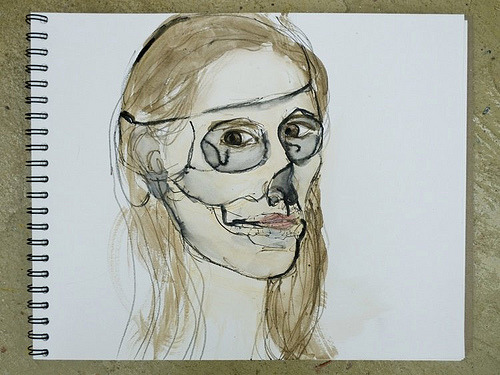
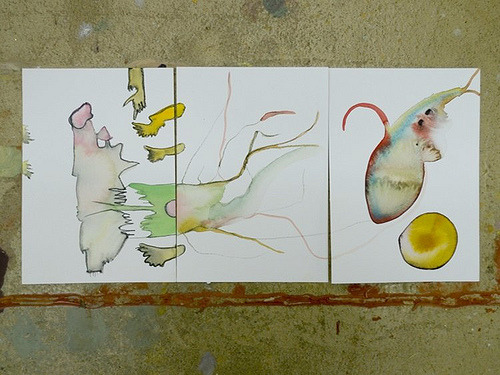
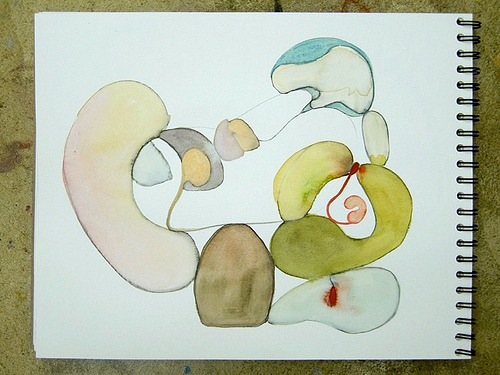
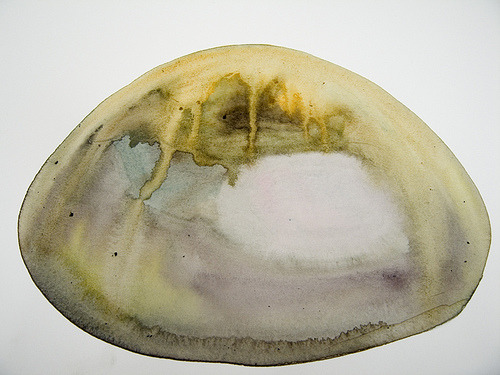































































































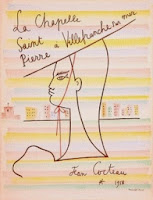
















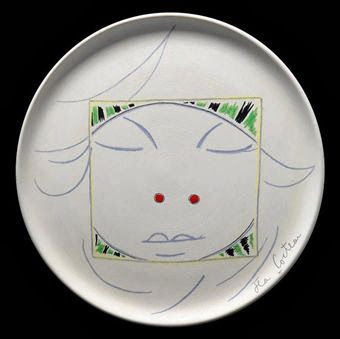












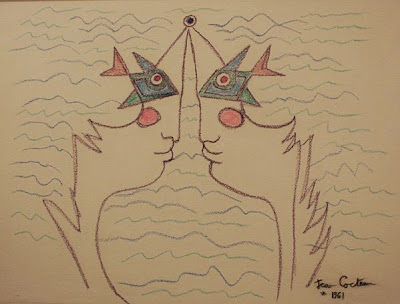









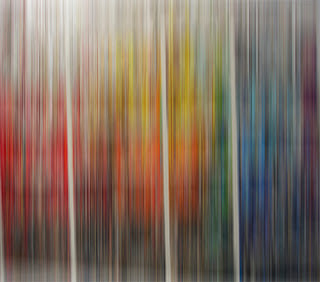


























































































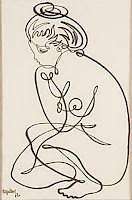

















No comments:
Post a Comment